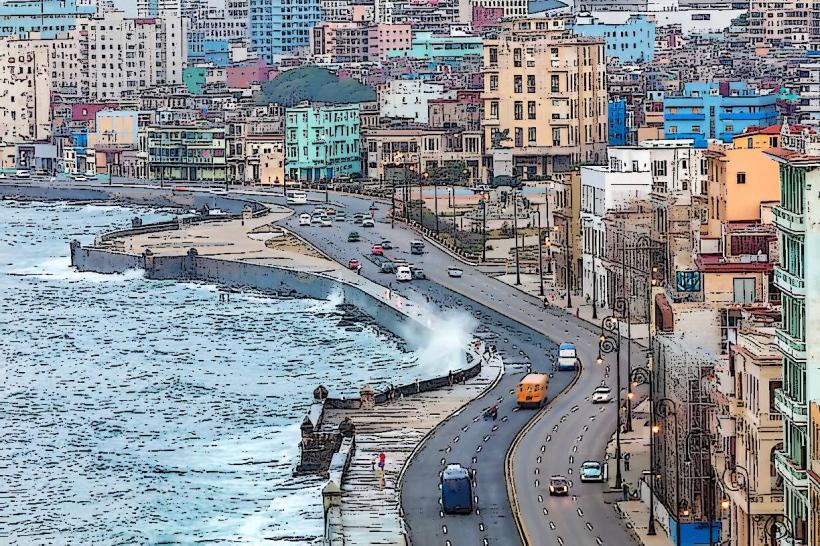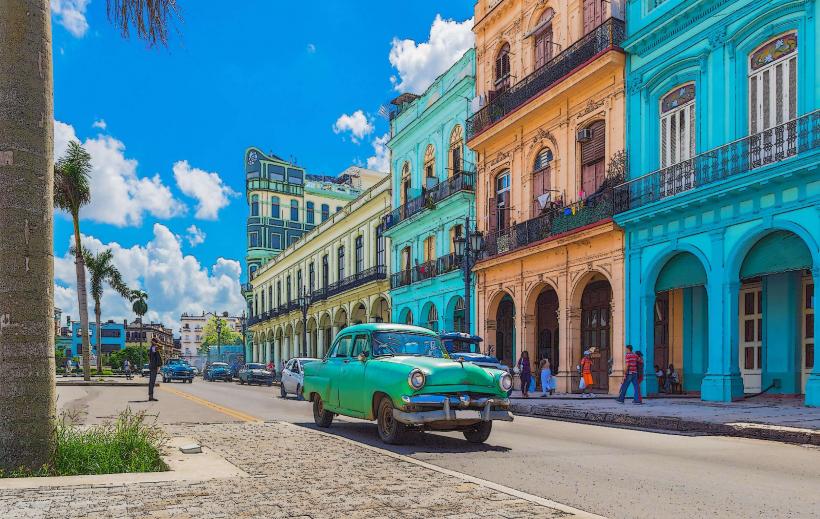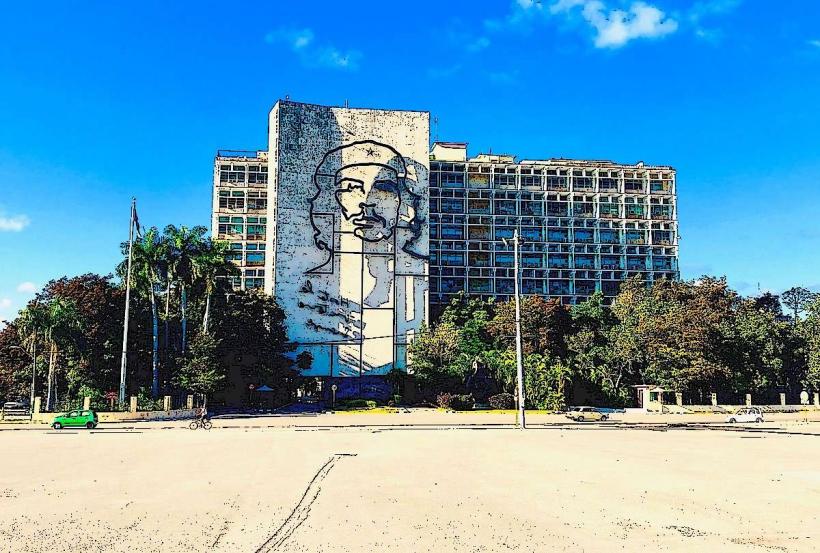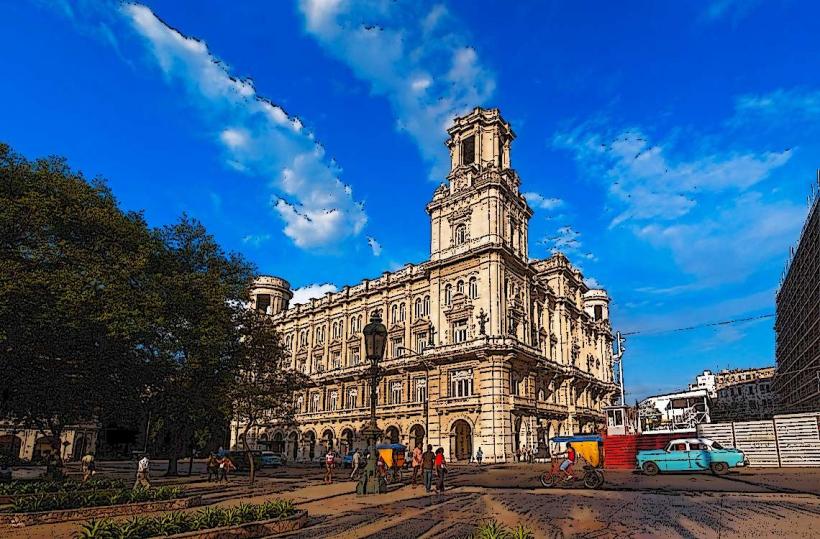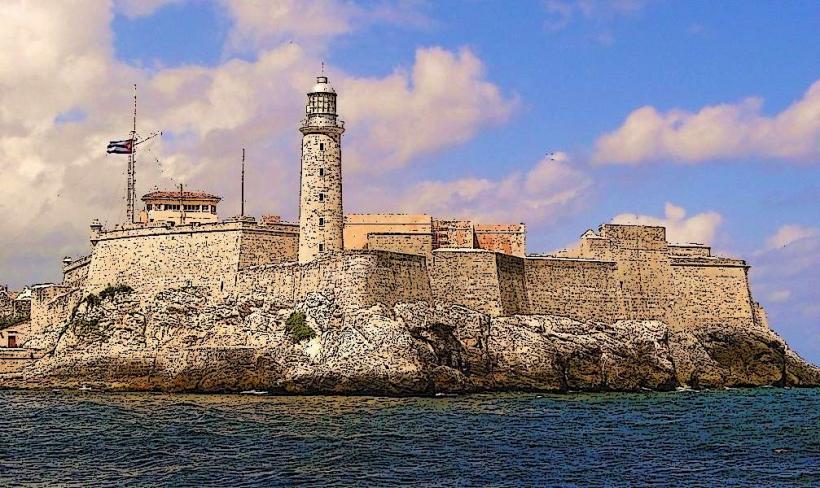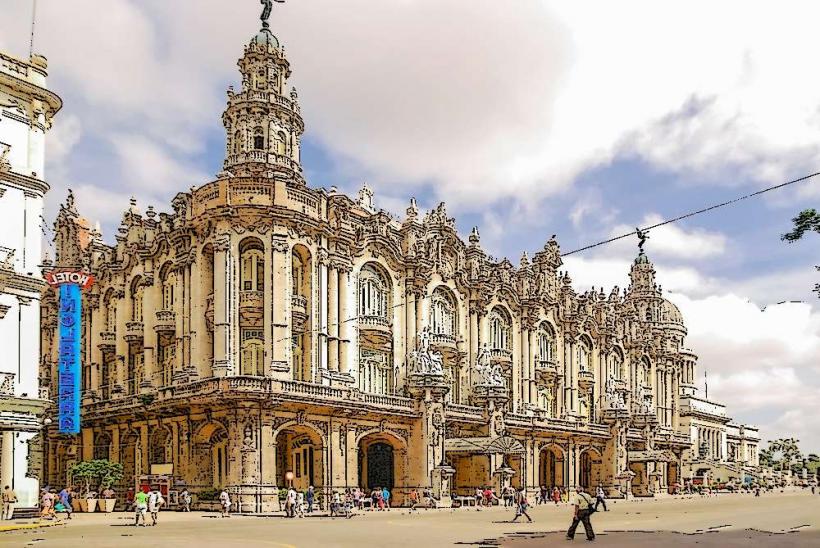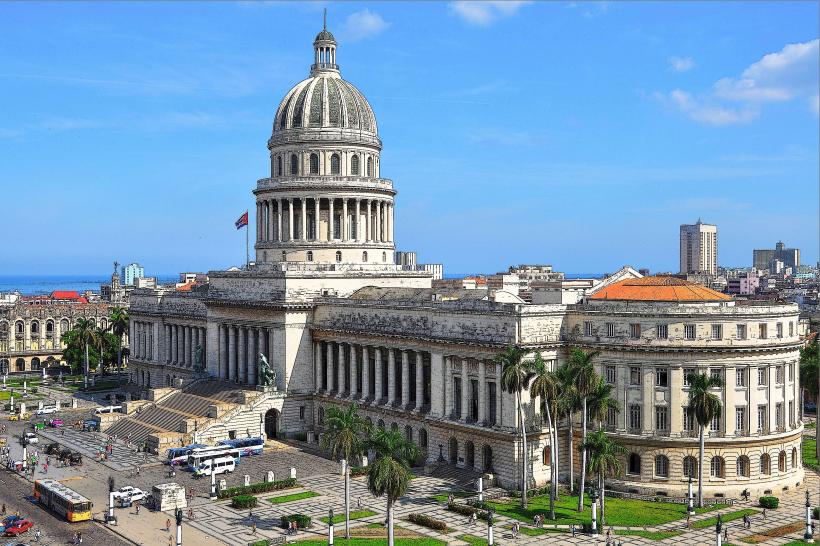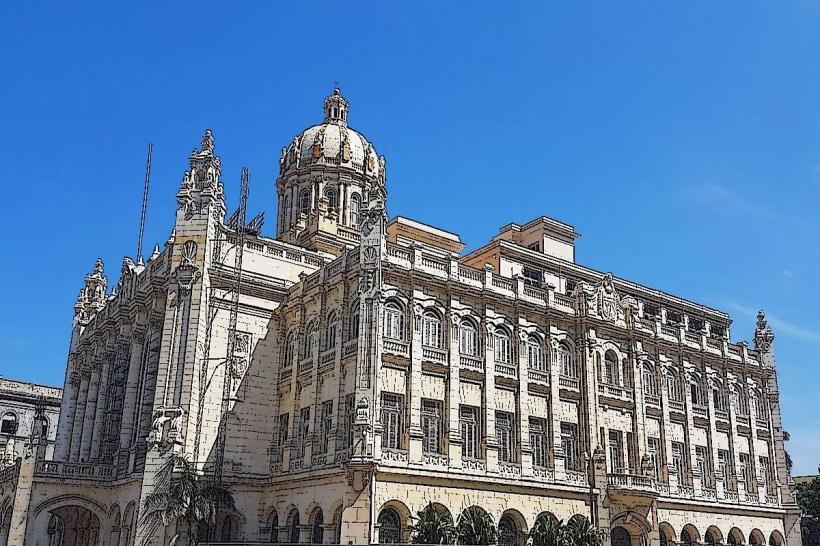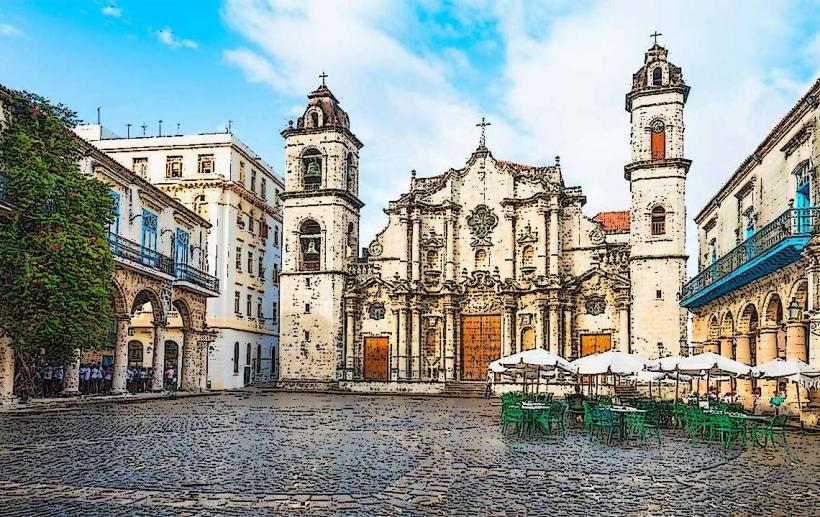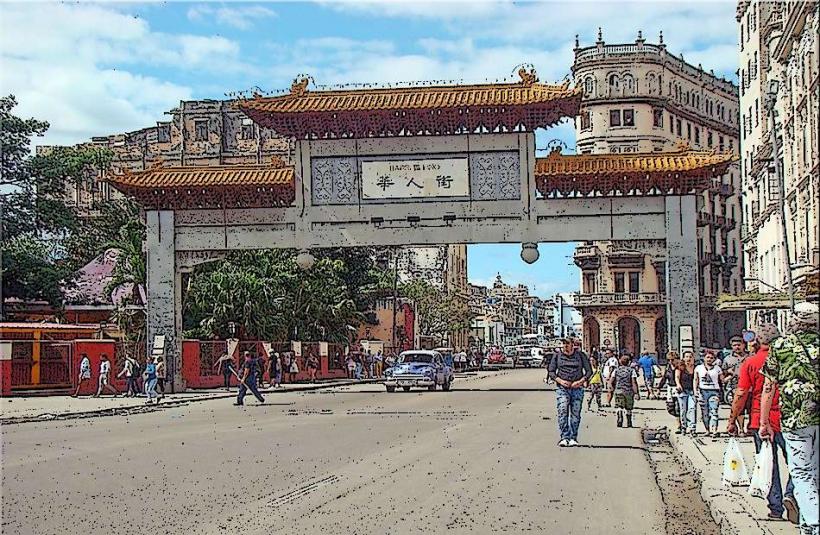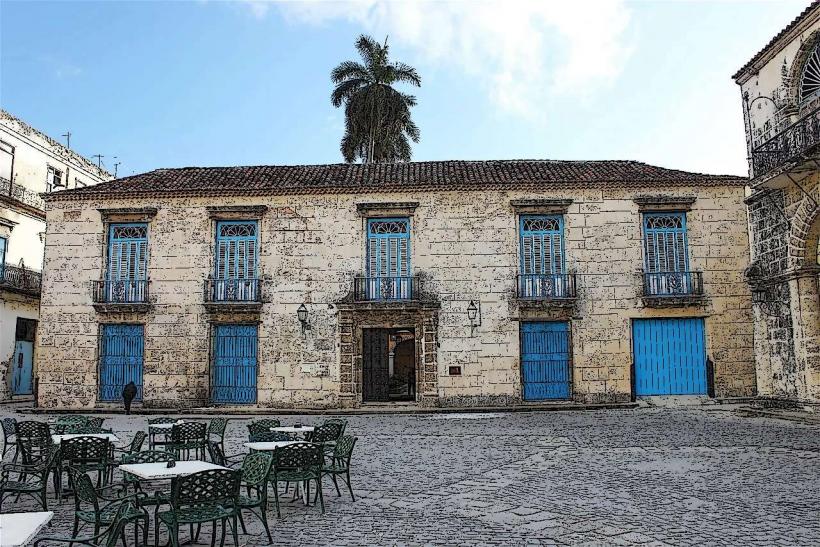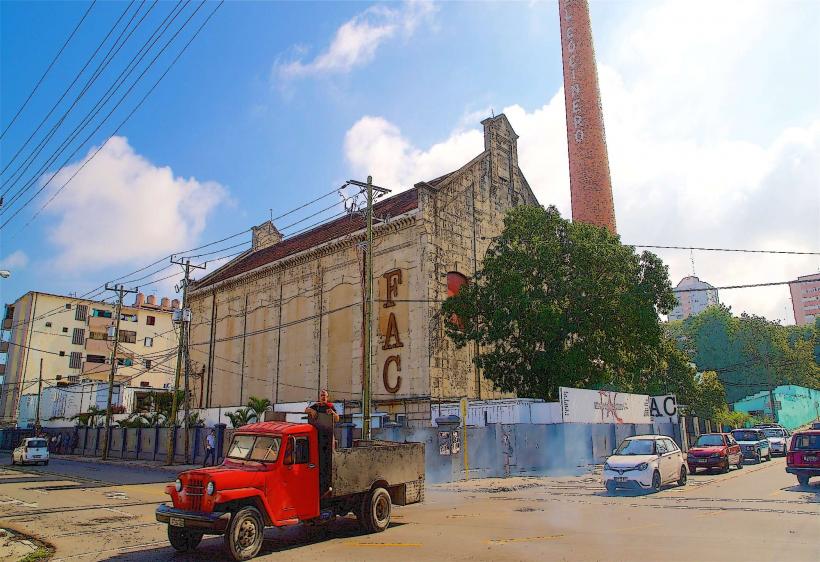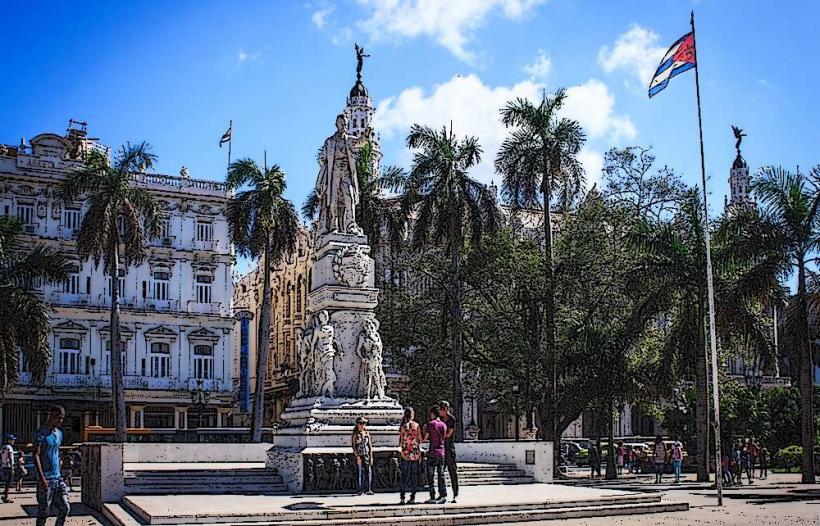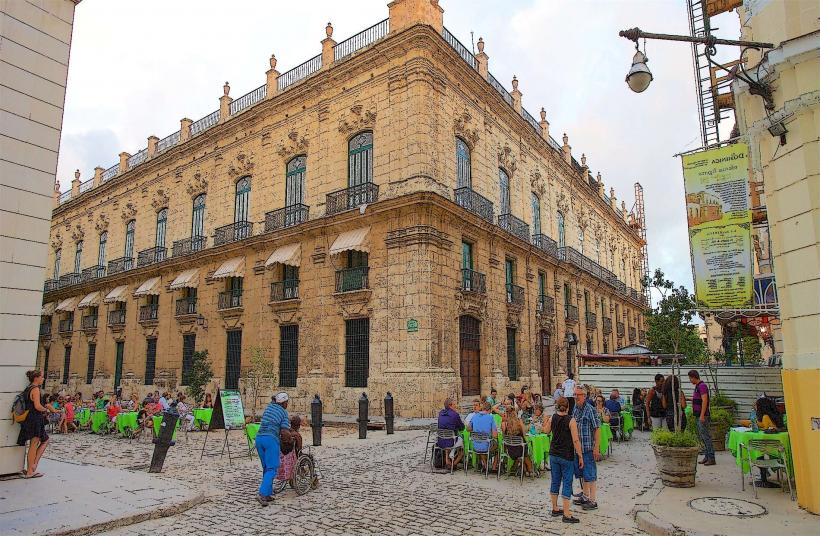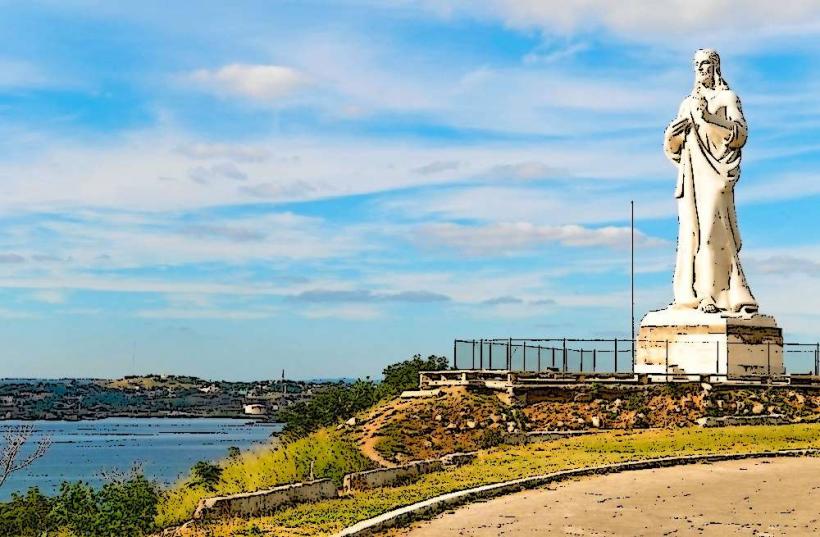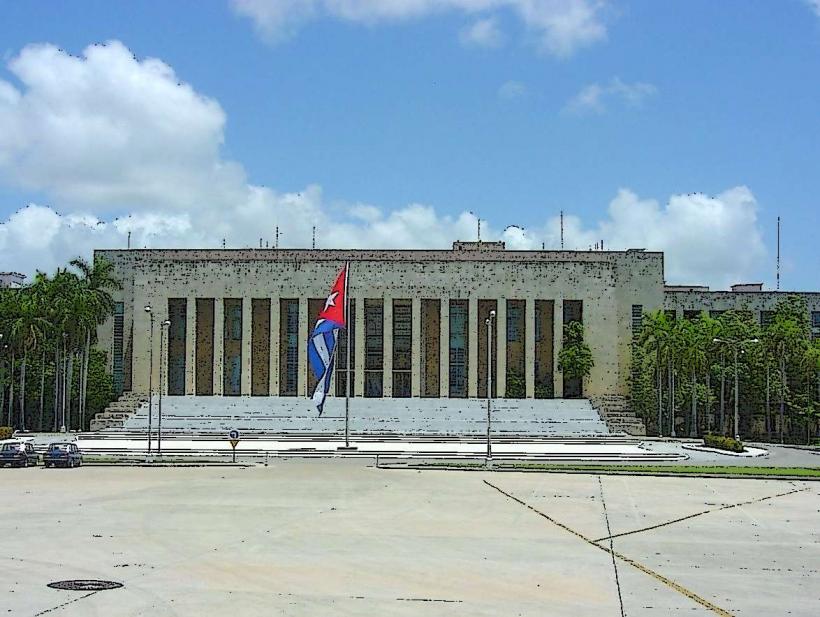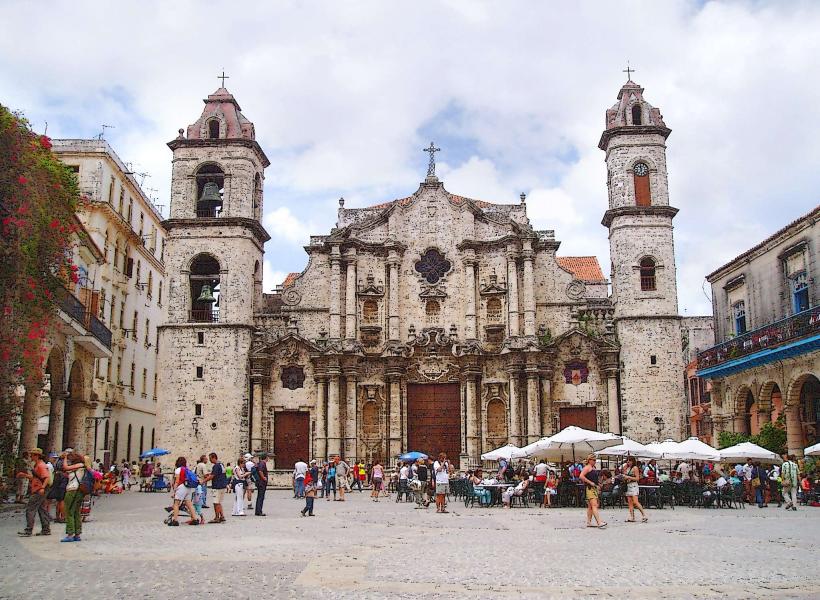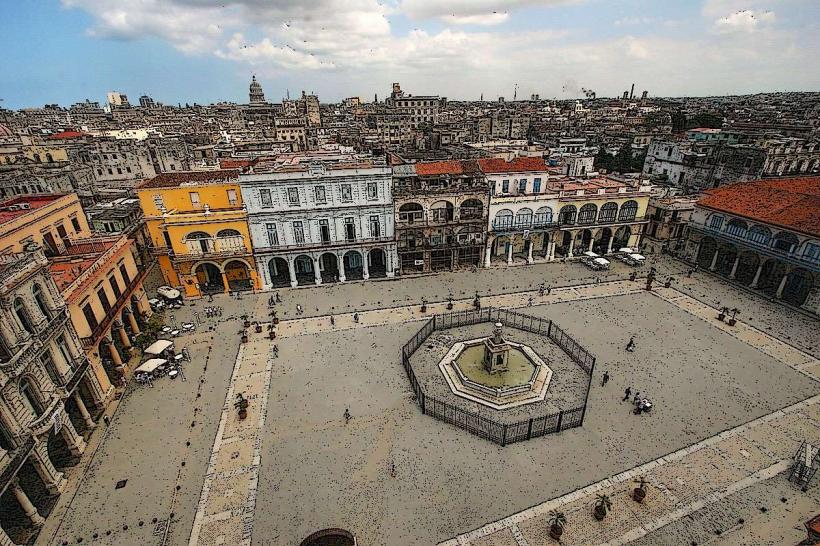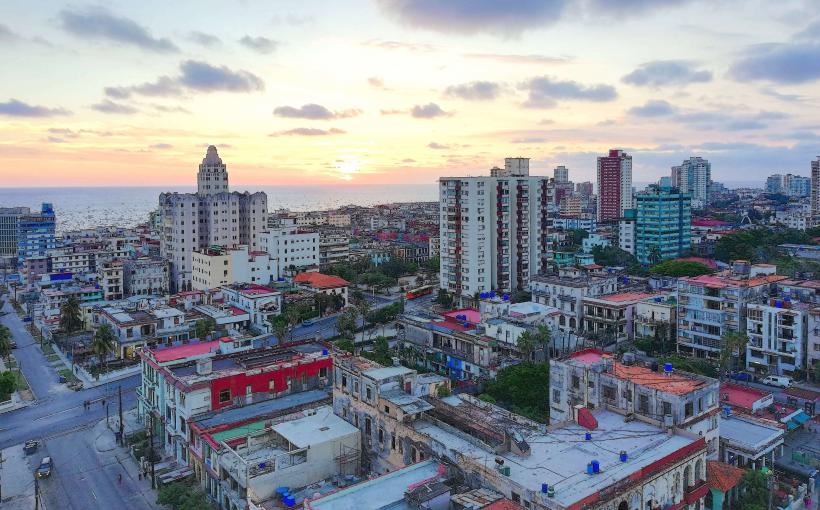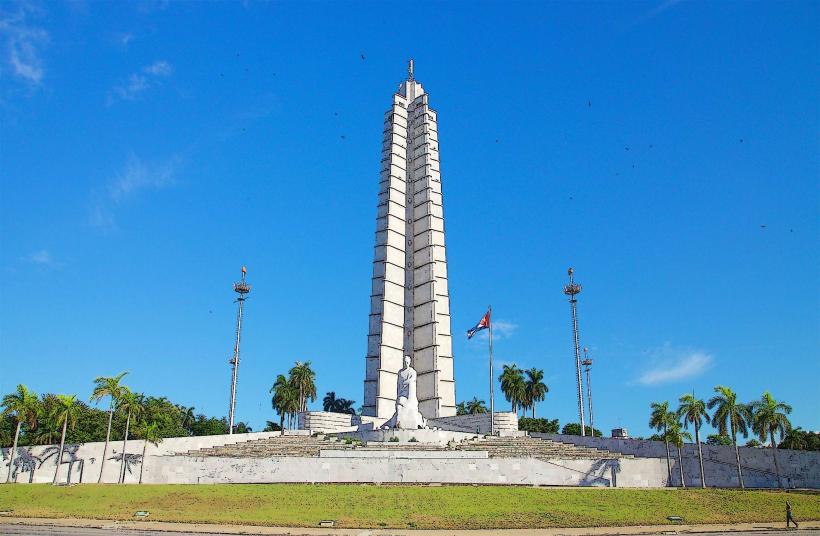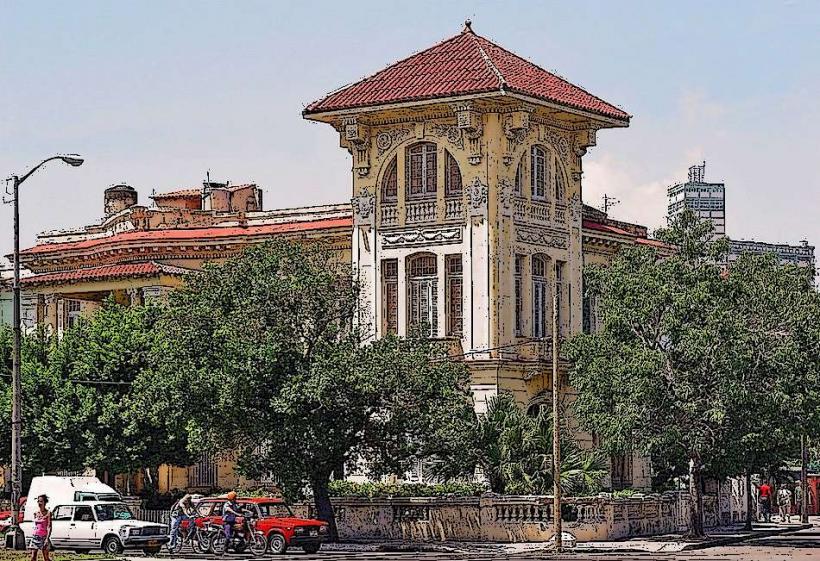Information
Landmark: National Museum of Natural HistoryCity: Havana
Country: Cuba
Continent: North America
The National Museum of Natural History (Museo Nacional de Historia Natural) is one of Cuba's most important cultural and scientific institutions. Located in Havana, this museum offers a comprehensive look at the natural history of the island and the world, showcasing a vast array of exhibits related to biology, geology, paleontology, and botany. It is an ideal destination for those interested in learning about Cuba’s rich natural heritage, as well as the broader history of life on Earth.
Historical Background
The Museo Nacional de Historia Natural was founded in 1961, although the roots of the museum can be traced back to earlier collections in Cuba dating back to the colonial period. The museum was established with the goal of educating the public about Cuba’s natural environment and the importance of conserving its biodiversity. It is housed in a historic building, the Palacio de los Capitanes Generales, located in Plaza de Armas in the heart of Old Havana, though it has since moved to a new location in Miramar.
The Museum's Collections and Exhibits
The museum boasts extensive collections that span the fields of geology, paleontology, zoology, and botany. Its exhibits focus on the natural diversity of Cuba, the surrounding Caribbean region, and other parts of the world.
1. Cuba’s Biodiversity
- Flora and Fauna: The museum has an impressive collection of Cuban flora and fauna, showcasing the island's diverse ecosystems. Exhibits include displays of endemic species that are unique to Cuba and the Caribbean, highlighting the country’s rich biodiversity.
- Cuban Wildlife: You can explore various exhibits on Cuban animals, including mammals, reptiles, birds, and insects. Special focus is given to species such as the Cuban crocodile, Cuban parrot, and Cuban solenodon, a small, nocturnal mammal that is considered one of the most ancient species of the island.
2. Paleontology
- The museum houses an impressive collection of fossils from Cuba and beyond. Notable specimens include dinosaur bones, marine fossils, and prehistoric mammals that once roamed the island. These displays offer insight into Cuba’s prehistoric past, showcasing ancient creatures that lived millions of years ago.
- Exhibits also cover the evolution of life on the planet, providing a broader context for understanding the Earth’s changing ecosystems over geological time.
3. Geology and Minerals
- The museum has a significant collection of rocks, minerals, and precious stones from Cuba and around the world. These specimens provide valuable information about the geological history of the island and the forces that have shaped its landscape. The collection includes Cuban minerals such as nickel, zinc, and copper, which are important to the country’s economy.
4. Marine Life and Aquatic Exhibits
- One of the museum's most striking features is its display of marine life, with detailed exhibits on the Caribbean’s aquatic ecosystems. Visitors can learn about the region’s marine biodiversity, including various species of fish, coral, and marine mammals like dolphins and whales.
5. Botanical Gardens and Plant Life
- The museum’s botanical section features a range of exhibits on the plant life of Cuba. This includes a focus on the island’s tropical plants, trees, and flowering species. The museum's collections explore both the diversity of native plants and the impact of human intervention on Cuba’s natural landscapes.
6. Ecology and Conservation
- The museum also highlights the importance of ecology and environmental conservation, with exhibits that address pressing issues like deforestation, habitat loss, and the challenges faced by endangered species. The museum educates the public about the need for sustainable development and protecting ecosystems.
Architecture and Design
The museum's original building in the Plaza de Armas is an example of colonial architecture, with large halls and elegant rooms that complement the scientific displays inside. The museum’s new location in Miramar, a more contemporary space, offers modern facilities that include interactive displays, audio-visual presentations, and hands-on exhibits designed to engage visitors in the world of natural history.
The museum also features several educational rooms and research laboratories, where scientists and students work on projects related to Cuban flora and fauna, environmental conservation, and biodiversity.
Visitor Experience
Educational Programs: The museum offers a variety of educational programs for school groups, researchers, and the general public. These include guided tours, workshops, and lectures on topics related to environmental science, paleontology, and biodiversity.
Interactive Exhibits: For a more engaging experience, the museum features interactive exhibits that allow visitors to learn about the Earth’s history through touchscreens, audio guides, and virtual displays. Children and families can enjoy learning about the natural world in an entertaining and educational way.
Temporary Exhibitions: The museum also hosts temporary exhibitions on specific aspects of natural history, ranging from marine biology to climate change. These exhibitions are often rotated, ensuring that there is always something new to explore.
Special Events: The museum holds special events throughout the year, including lectures, seminars, and workshops for those interested in deepening their understanding of natural science and conservation efforts.
Location and Access
The Museo Nacional de Historia Natural is located in the Miramar district of Havana, a short distance from the city center. Visitors can access the museum via public transportation or taxi, and it is a short drive from other major landmarks such as Plaza de la Revolución and Calle 23 (La Rampa). It is recommended to check the museum's opening hours before visiting, as it occasionally closes for special events or maintenance.
Conclusion
The Museo Nacional de Historia Natural in Havana is a must-visit destination for those interested in Cuba’s natural world, from its rich biodiversity to its prehistory. The museum’s extensive collections, educational exhibits, and interactive displays offer a deep and engaging insight into the natural history of the island and the planet as a whole. Whether you are an academic, a nature enthusiast, or simply a curious visitor, the museum provides an opportunity to learn about the wonders of nature while appreciating the importance of preserving the planet's ecosystems for future generations.

